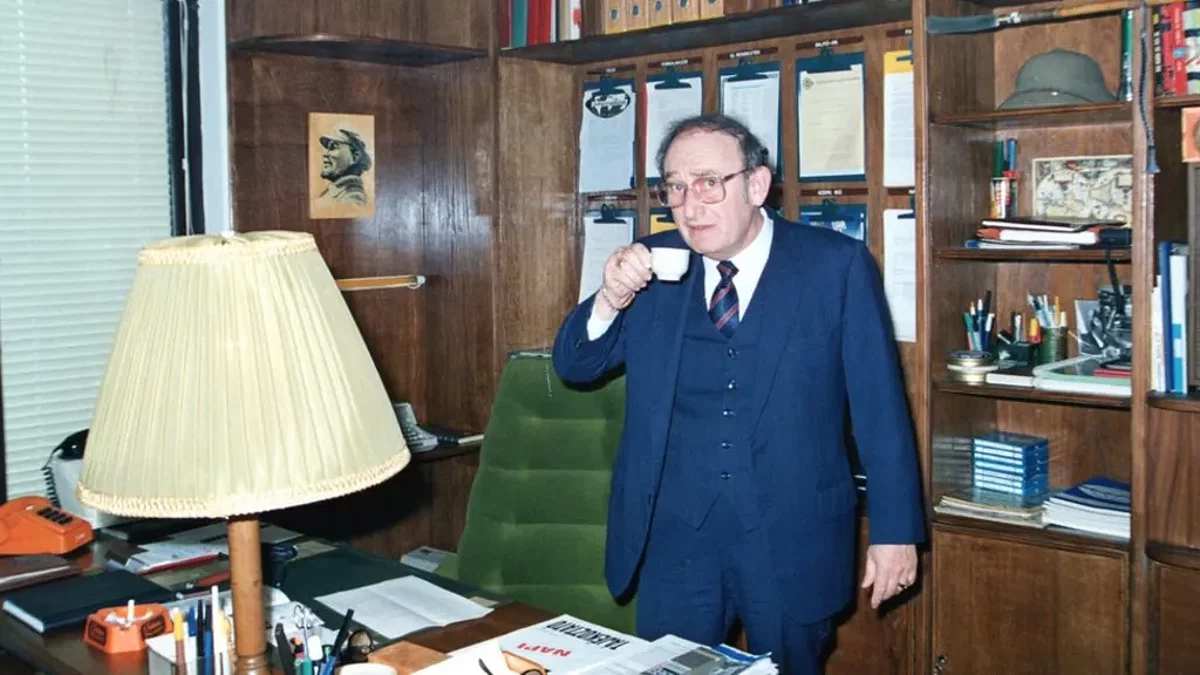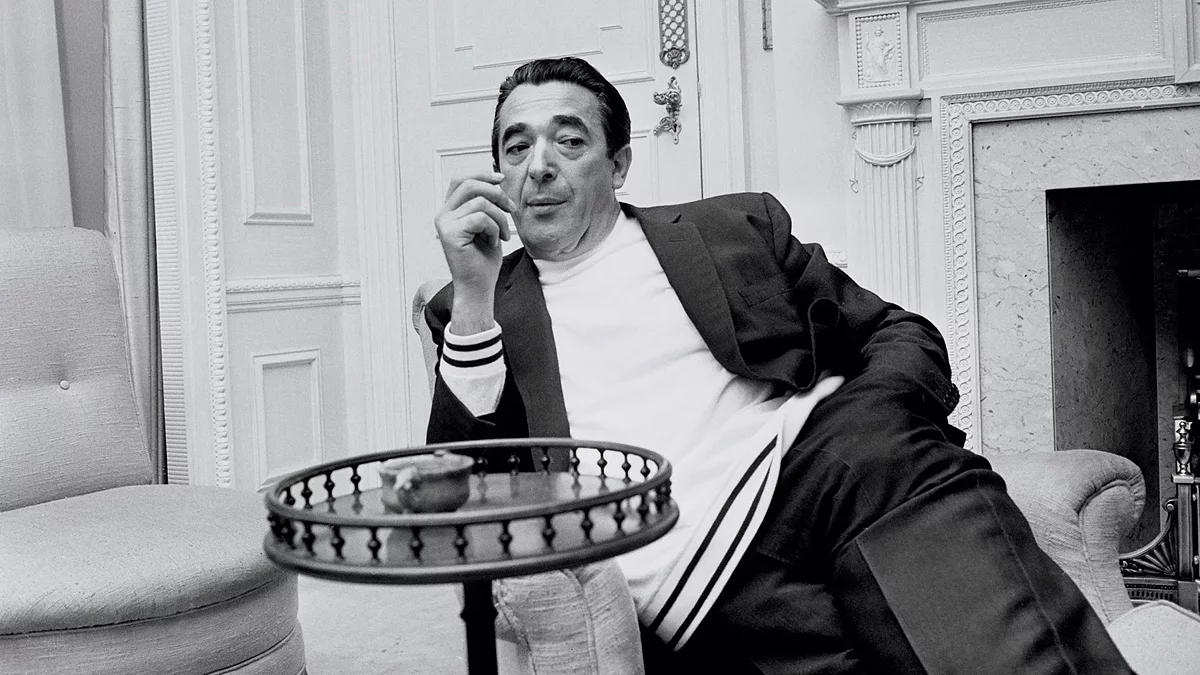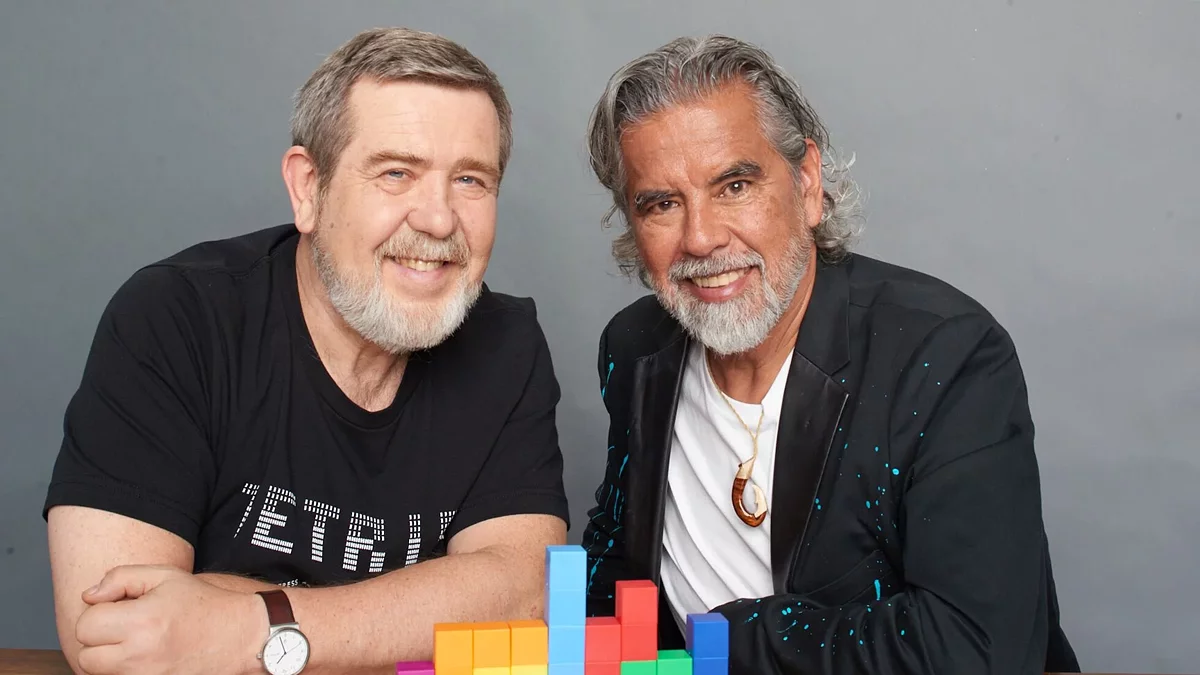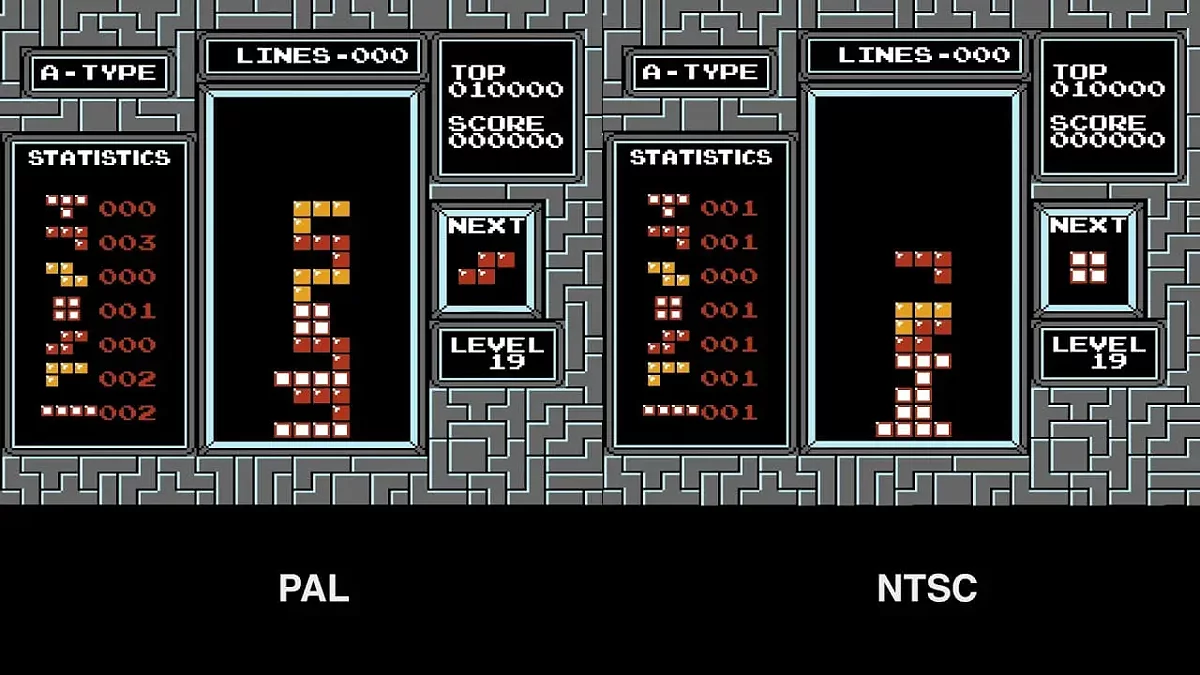April 16 was 70 years old Alexei Pazhitnova – the person who gave the world “Tetris.” His game became a world phenomenon and brought hundreds of millions of dollars to Western companies. But the developer himself has not received a cent from her for a long time. About its history – in our material.

How Tetris was born
Aleksey Pazhitnov showed interest in the games at a young age, and by the age of 14 he was dragged by puzzles and mathematical tasks. In 1984 he worked in the Computing Center of the USSR Academy of Sciences. As a result, he wrote a game based on a Pentamino – a classic puzzle with figures of five squares. So the Tetris appeared.
Played in Tetris?
The first version, released in 1985, worked on the Soviet computer “Electronics-60”, and the blocks in it were depicted by brackets [ ]. The game immediately became popular – first in the laboratories, then on pirate discs.

Battle for Tetris
After Tetris quickly started spreading around Moscow, rumors reached the new Soviet puzzle Eastern Europe. The program distributor from Hungary Robert Stein became interested in the game and soon went to Moscow. There he met Alexei Pazhitnov and received oral permission in his own words to distribute Tetris from him. Pazhitnov, no legal knowledge and does not represent the value of his rights, actually gave the game to Stein.

In view of the fact that he now has the game freely, Stein sold the rights of the British company Mirrorsoft, owned by media magnate Robert Maxwell and his American branch of Spectrum Holobyte. These companies, without waiting for the legal performance of a transaction with the USSR, began to spread their versions of Tetris – with music, graphics and even Russian environment: Yuri Gagarin, Red Square staff and elements of Soviet symbols.

In the meantime, Stein tried to legalize the deal and returned to the USSR to sign a complete contract with Electonorgtchkutics (Elorg) – an ulteganization that supervises the export of technology. But Soviet officials rejected the conditions he proposed and suspected the catch. But it was too late: Tetris became a sensation in the West and the legal status was in a suspended state.
The real author of Tetris was first presented to the world by CBS journalists, which caused a resonance. The positions of Stein Zoren – he hid his attempts to agree with the USSR, and the truth about authorship revealed the legal and moral confusion.
Against this background, the real “Battle of Tetris” began. While Elorg conducted slow negotiations with Stein, Maxwell’s subsidiaries began to sell the rights to third parties. As a result, the Japanese bulletproof software and the American Atari Games (via the Tengen unit) received the rights to consolesions. Atari even built a bypass chip in its cartridges, with the Nintendo License Policy.

Soon the situation was heated even more. Nintendo, who prepared the launch of his portable console Game Boy, decided to include Tetris in the delivery set. For this, the head of the American unity of Nintendo, Minor Arakawa, to Moscow Henk Brouwer Rogers, president of Bullet-proof software, was sent. In contrast to Stein, he made a good impression on Elorg employees and received the rights to portable versions of the game. Stein himself arrived in Moscow, as well as the son of Robert Maxwell – Kevin (Kevin Maxwell), but they were too late: the contract was already concluded.
In the meantime, Nintendo was confronted with resistance: Atari (via Tengen) released her own version of the game for Nes and called it Tetyis – it was even more popular than the official. However, the trial ended with the victory of Nintendo: Tengen was obliged by a court decision of June 1989 to stop the distribution of the version and to withdraw copies sold.

By 1989, half a dozen companies announced their rights to Tetris in different sizes. The USSR received a one -off payment of $ 450 thousand and symbolic $ 0.50 from every cartridge sold from Nintendo. Tetris Sales On Game Boy exceeded 35 million copies, Nintendo earned hundreds of millions of dollars and the Soviet Union – Real Crumbs.
Pazhitnov, although it became famous, has therefore received almost nothing of the game for more than 10 years. His rights to Tetris were in the hands of the State, as well as the right to other developments of employees of the state institution. However, the programmer himself says that for him the decision not to fight for the rights at the game was quite aware.
I realized that the situation in the country with rights is such that if I start fighting for my money and a share, I will devote the rest of my life to this. Or I can sacrifice this game and let everyone work for the best publication, combine efforts in this positive direction, so that the game is really published in the best way.
To use fame and quality to quietly publish other games that I probably had a dozen of a dozen. Consciously concluded that I left this virtual money to someone else. I believe it was a correct and reasonable strategic decision

Second wind
In 1991, immediately after the collapse of the USSR, Alexei Pazhitnov moved to the United States. In the mid -1990s he created his own company The Tetris Company, which ultimately enabled him to receive royalties from his game. He also got a job in Microsoft. The company was very proud that such a prominent specialist was added – in 1996 the corresponding release was published.
Alexey is one of the most non -standard thinking people in the game industry. It is a great honor for us to work with him and to use his invaluable experience in making new exciting games
In Microsoft, Pazhynov worked for almost 10 years, until 2005. Referred to new games, including a logical puzzle Pandoras Box and Arcade Hexic for Xbox. The programmer speaks very warmly about this period of his life.

These were the best and most productive years of my work as a game designer. Microsoft is a company with almost unlimited sources and with a very smart leader. At that time, Microsoft was led by Bill Gates, with which both the spirit and the traditions of the company were of course just excellent. I could work 365 days a year at any time of the day or night – I always had access to the workplace under all the conditions. And it was fine
All the while his brainchild, the Tetris Company,: In 2005, Electronroxide Equipment (Elorg), which was privatized by the Russian company, was sold to the Tetris Company for $ 15 million. At the moment it was that the debate about the rights to Tetris might finally put an end.
Heritage
Today Tetris is not just a game. Earlier we wrote that the brainchild of the Soviet developer is used in the therapy of patients with post-traumatic stress disorder. These are people who have experienced something so terribly that memories of these pursuits even many years later.
And in Canada the “lazy eye” in Canada is treated in children – the eyesight improves because of the simultaneous stimulation of both eyes.

Tetris has become one of the long-playing e-sports disciplines tournaments since the 1990s. The Tetris still has imitators and the mechanics of the “fall of blocks” are firmly established in the industry. So to say that the game is still popular, especially on mobile devices, there is nothing to say.
What use of Tetris has you surprised most?
Nowadays Alexei Pazhitnov lives in the United States, participates in game conferences, advises the company and occasionally gives interviews. His condition is more modest than most people who have earned his game. But it remains a symbol of how a simple idea can change the entire industry. Tetris has remained relevant for 40 years. Everyone understands him – from the child to the scientist. And this is perhaps the most important achievement.
Source: VG Times
Christina Moncayo is a contributing writer for “Social Bites”. Her focus is on the gaming industry and she provides in-depth coverage of the latest news and trends in the world of gaming.

